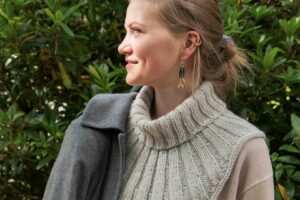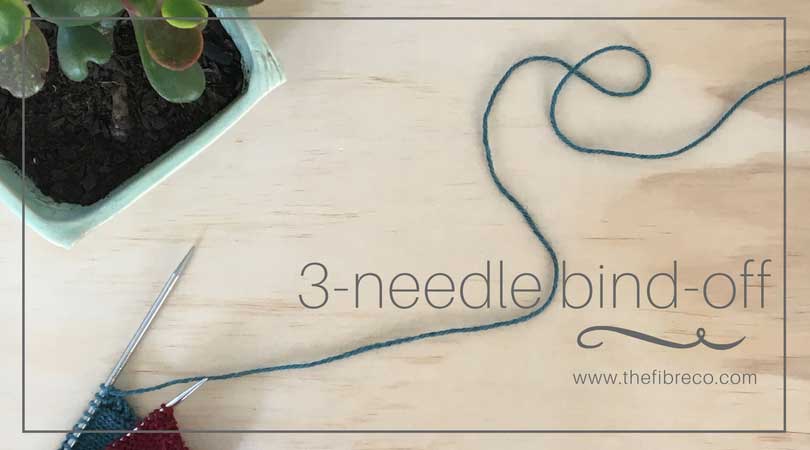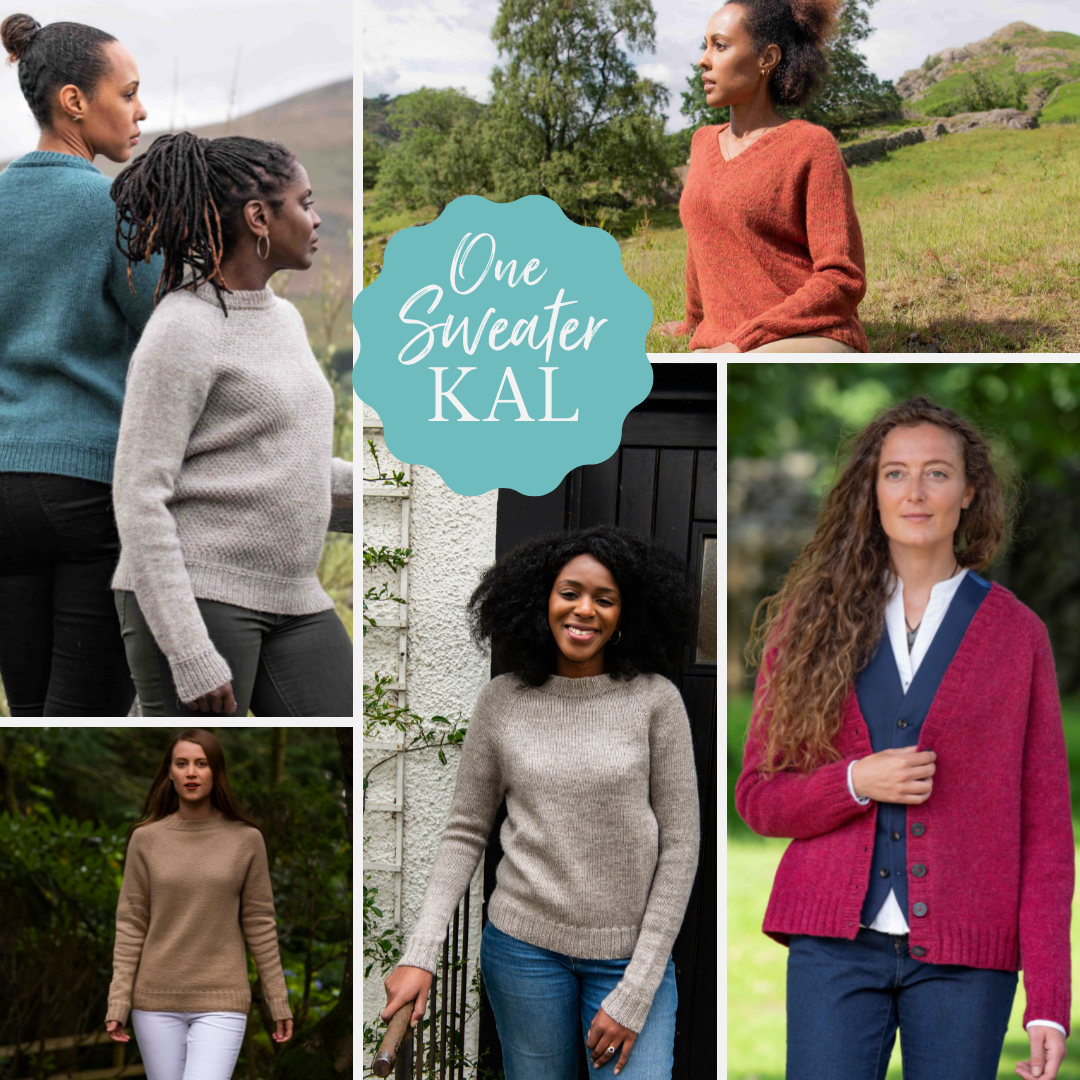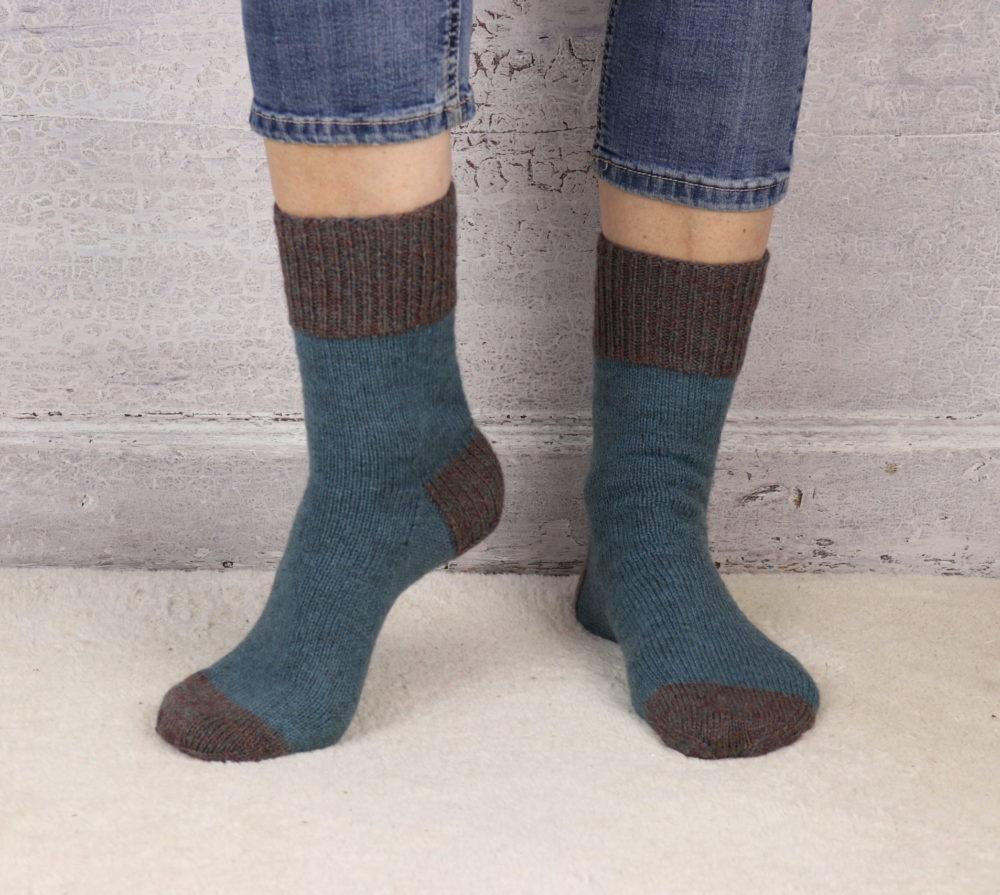
Learn to Knit the Lady’s Mantle Cowl by Lily Kate France
The Lady’s Mantle is a great project for the knitter who is just starting out and is ready for a small project to learn some

A few months ago, we launched our first videos for The Fibre Co. tutorial series, onto You Tube. At the beginning of this month we presented you with our latest collection, Fell Garth II. As part of our commitment to you as makers we have created a series of helpful tutorials to take you through some of the techniques used in these designs. We hope you enjoy these video tutorials and find them useful. We would love to hear from you if you use them and are always open to ideas for new tutorial videos, so pop a comment below if you have any requests.
Casting on
Bassenfell is a glorious shawl worked in Cumbria Fingering. The soothing squishy garter stitch is surrounded by a lovely I-cord edge – providing structure and a beautiful finish. To match the lovely edging this shawl starts with an I-cord cast on and Clare Devine, the designer has shared a helpful tutorial on how to create this special cast-on for your Bassenfell.

You can also find video tutorials for the Long Tail Provisional cast-on and the I-cord cast-off on her YouTube channel.
Cables
Here at The Fibre Co. we love the sumptuous fabric created by cabled knits and so do many of the designers from Fell Garth II. Cables are created when stitches are cross over each other in various combinations – creating beautiful designs. Many people use a cable needle to hold some stitches required to create the cable crosses. While this method works well it can often slow down your knitting and it means you need to have a cable needle to hand (we always seem to be losing ours).

Cabling without a cable needle is easy and we find it really speeds up our knitting. We have created two video tutorials that show the C4B and the C4F. Each tutorial video walks you through the process step-by-step. Soon you’ll be whizzing through those cables in no time!
While the video tutorials show a standard 4-stitch cable, this technique can be easily adapted to a wide variety of cables, simply change the number of stitches crossed or the combination of knit and purl stitches used. When first starting out you will find it easier to work cables without a cable needle using a ‘grippier’ yarn – like The Fibre Co. Arranmore or Cumbria range. After some practice, you will find that you can cross more stitches in your cables and work with yarns that have less grip.
For complex cables with more than one cross, or very large cables you will probably benefit from the use of a cable needle.
Want to practice your new-found cabling skills?

This gorgeous cowl has a mixture of 3-stitch and 4-stitch cables that would be an excellent starting point. Cables featured in many of the beautiful garments from Fell Garth II including High Lorton, Ouse Bridge, Skiddaw, Beckside, Dash Falls, Threlkeld and Binsey. (You can find the entire collection, here).
Finishing
After hours of glorious knitting pleasure, the final bits of finishing can often be overlooked in our excitement to wear our lovely new garment. Those last steps can really make a world of difference to how your garments fits you and wears over time.
In this tutorial series we are going to be looking at the 3-needle bind-off, a very handy way to join two sets of live stitches. It creates a strong, clean seam and is less bulky and often easier than casting off stitches and then seaming the edges. (This technique is used Ouse Bridge, Howclose Gill and Dash Falls. )

The 3-needle bind-off is really easy – just make sure you have a spare needle in the same size as your main needle. When creating the 3-needle bind-off be mindful of your tension, you do not want to create a puckered seam by working too tightly. If you find your seam is too tight you might benefit from a slightly larger needle. I usually go up one needle size as I find this gives me a smoother seam. As with all things in knitting this is about personal preference and knitting style, so experiment to see what works best for you.
We hope you enjoy these new additions to our tutorial series Knitting with The Fibre Co.
You can find all our tutorials here, on our You Tube channel.

The Lady’s Mantle is a great project for the knitter who is just starting out and is ready for a small project to learn some

The One Series started out from one basic principle: ‘a simple sweater is universal: it’s a garment that every wardrobe benefits from.’ So far in

Handmade socks are rewarding knitting projects which make wonderful gifts for you and those knit-worthy people in your life. If you have never knit socks,
Get 10% off your first kit or yarn purchase when you sign up for our newsletter!
The Fibre Co. will use the information you provide on this form to be in touch with you and to provide relevant updates
© 2023 The Fibre Co